Igneous Rock Worksheet Elementary
Are you an elementary school student learning about different types of rocks? Look no further than our Igneous Rock Worksheet! This interactive and engaging resource will help you understand the characteristics and formation of igneous rocks. With clear instructions and fun exercises, this worksheet is designed to make learning about this fascinating subject a breeze.
Table of Images 👆
More Other Worksheets
Kindergarten Worksheet My RoomSpanish Verb Worksheets
Cooking Vocabulary Worksheet
DNA Code Worksheet
Meiosis Worksheet Answer Key
Art Handouts and Worksheets
7 Elements of Art Worksheets
All Amendment Worksheet
Symmetry Art Worksheets
Daily Meal Planning Worksheet
What is the definition of igneous rock?
Igneous rock is a type of rock that forms from the cooling and solidification of magma or lava. These rocks are formed through the crystallization of molten material and can be classified into different types based on their composition, texture, and formation process.
How are igneous rocks formed?
Igneous rocks are formed through the solidification and cooling of molten magma or lava. This process can occur either below the Earth's surface, resulting in intrusive igneous rocks, or above the surface, leading to extrusive igneous rocks. As the molten material cools, mineral crystals within the rock begin to form, determining the texture and composition of the igneous rock.
What are the two main types of igneous rocks?
The two main types of igneous rocks are intrusive igneous rocks, which form from magma that cools and solidifies beneath the Earth's surface, and extrusive igneous rocks, which form from lava that erupts onto the Earth's surface and cools rapidly.
What are some examples of extrusive igneous rocks?
Some examples of extrusive igneous rocks include basalt, andesite, rhyolite, and obsidian. These rocks are formed from lava that is erupted onto the Earth's surface and cools relatively quickly, resulting in fine-grained or glassy textures.
What are some examples of intrusive igneous rocks?
Some examples of intrusive igneous rocks include granite, diorite, and gabbro. These rocks form beneath the Earth's surface through the slow cooling and solidification of magma, allowing large mineral crystals to develop due to the extended cooling period. Granite is a common intrusive rock that is often used in construction for its durability and aesthetic qualities, while diorite and gabbro are also widely found in various geological formations.
How do igneous rocks differ in composition?
Igneous rocks differ in composition based on the types and proportions of minerals present in them. They can be classified as either felsic, intermediate, mafic, or ultramafic based on their silica content and mineral composition. Felsic rocks have the highest silica content and are rich in minerals like quartz and feldspar, while mafic rocks have lower silica content and are rich in minerals like olivine and pyroxene. Intermediate rocks fall in between felsic and mafic in terms of composition. Ultramafic rocks have the lowest silica content and are rich in minerals like olivine and pyroxene. These differences in composition lead to variations in color, density, and other physical properties of igneous rocks.
What are the characteristics of a fine-grained igneous rock?
Fine-grained igneous rocks have small mineral grains that are typically invisible to the naked eye. They cool quickly from molten magma, resulting in a smooth texture without any visible crystals. Examples include rhyolite and basalt. These rocks often form from volcanic eruptions and can be porphyritic, containing larger crystals known as phenocrysts within the fine-grained matrix.
What are the characteristics of a coarse-grained igneous rock?
Coarse-grained igneous rocks have visible mineral grains that are several millimeters to centimeters in size. These rocks form when magma cools slowly deep beneath the Earth's surface, allowing crystals to grow large. Coarse-grained igneous rocks such as granite and diorite typically have a phaneritic texture, meaning that their mineral grains are easily distinguishable without the need of a magnifying glass. These rocks are often high in silica content and are associated with intrusive igneous processes.
How do igneous rocks affect the Earth's surface?
Igneous rocks affect the Earth's surface by forming landscapes through processes like volcanic eruptions, creating mountains, plateaus, and volcanic islands. They also contribute to the formation of soils by breaking down into smaller particles, which provide nutrients for vegetation to grow. Additionally, igneous rocks play a role in the Earth's carbon cycle by releasing gases such as carbon dioxide during volcanic eruptions, which can impact the climate and atmosphere.
Can you provide examples of famous landmarks or formations made of igneous rock?
Sure, some famous landmarks or formations made of igneous rock include Devils Tower in Wyoming, USA, Giant's Causeway in Northern Ireland, Mount Rushmore in South Dakota, USA, and Uluru/Ayers Rock in Australia. These structures are composed of igneous rocks such as granite, basalt, and rhyolite, each with unique geological features and cultural significance.
Have something to share?
Who is Worksheeto?
At Worksheeto, we are committed to delivering an extensive and varied portfolio of superior quality worksheets, designed to address the educational demands of students, educators, and parents.

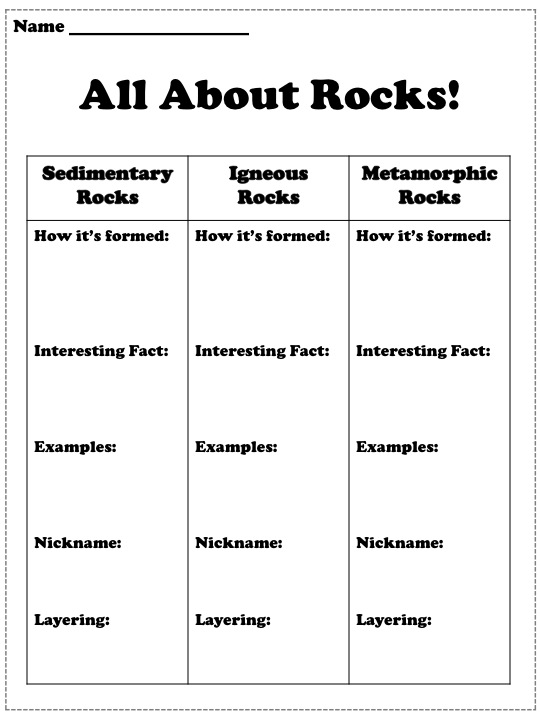



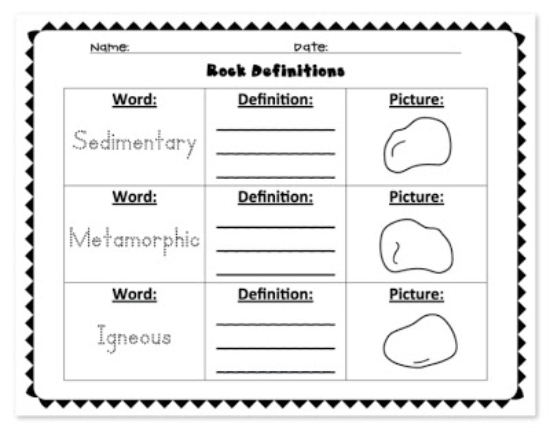

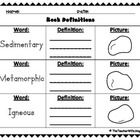
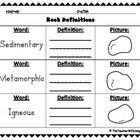
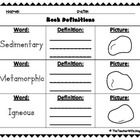
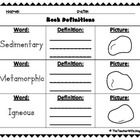
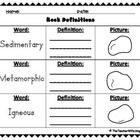
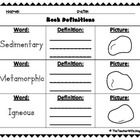
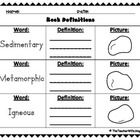
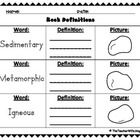
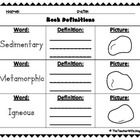
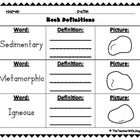
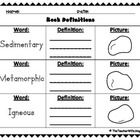
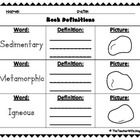
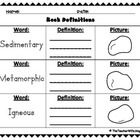


















Comments